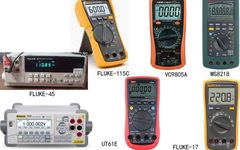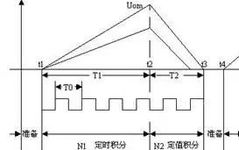How to Measure Random Noise Signals Using a Multimeter
The digital multimeter is a powerful assistant for measuring electrical signals. Although it is called a “universal” meter, its common functions are limited to measuring voltage, current, and resistance. Voltage and current measurements also include AC and DC ranges. In addition, some multimeters can measure inductance, capacitance, continuity, diode forward voltage, transistor current gain, counting … Read more







